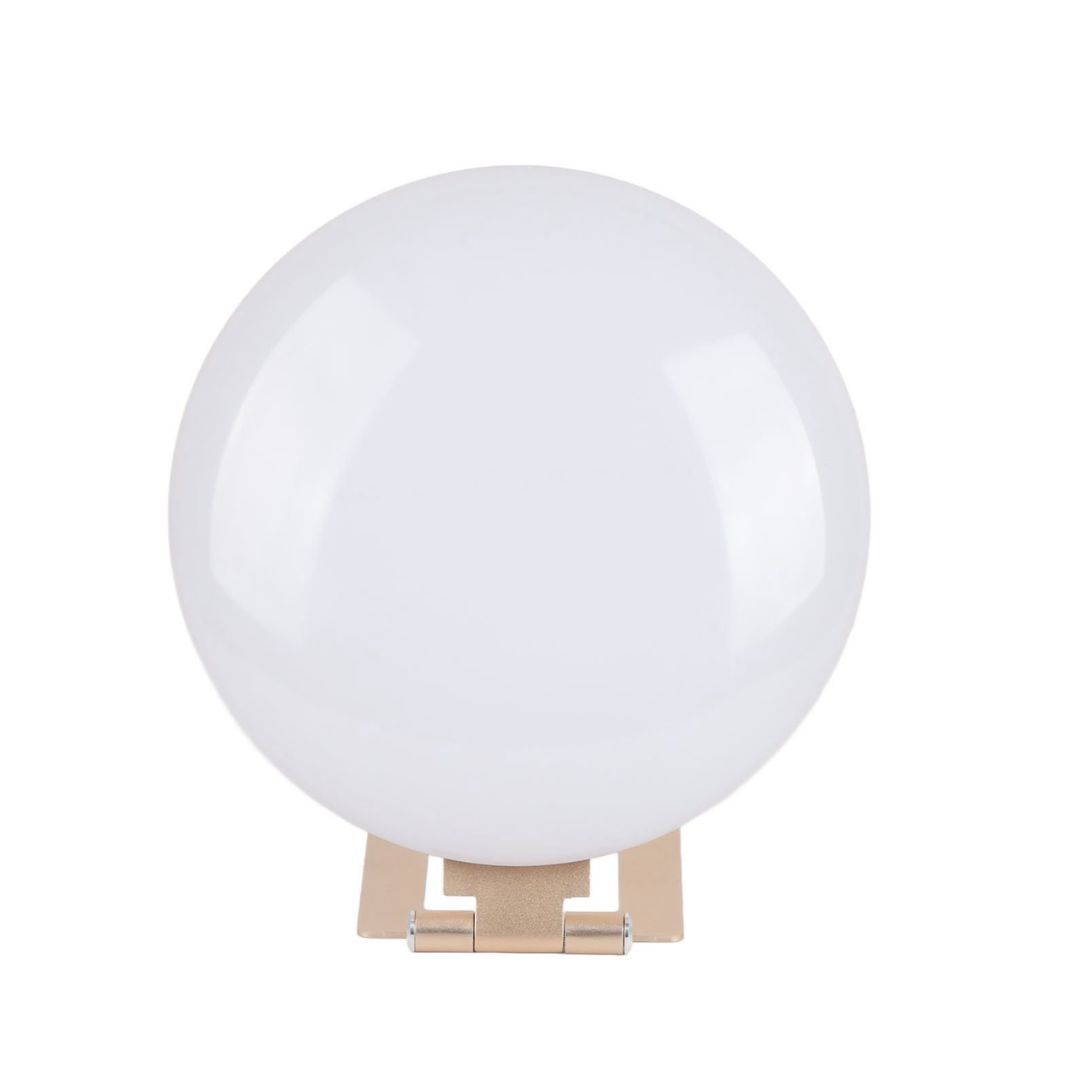Sleep Light Therapy, Explained — And It Might Be the Solution to Your Insomnia, Say Sleep Experts
Sleep light therapy might be the answer you've been waiting for. Experts delve into what it is and how it can change your life


Sleep light therapy may be the trick needed to save your sleep cycle, especially if you have sleep-related issues such as insomnia, Seasonal Affective Disorder (SAD), or circadian rhythm disorders.
For the perfect introductory guide, we reached out to experts. Read on to discover how to sleep better with this technique.
What is sleep light therapy?

‘Sleep light therapy, also known as bright light therapy, refers to when you expose yourself to artificial light for a specific amount of time during the day,’ says Julia Forbes, a certified sleep science coach at Sleep Advisor.
Carlie Gasia, a certified sleep science coach at Sleepopolis, adds: ‘The light used in sleep light therapy contains specific wavelengths of light to help regulate a person’s sleep and wake cycles.’
The bright light provided by a sleep light therapy lamp is among the things that aid sleep as it replicates the light beamed down by the sun, causing a person’s body to feel as though it’s absorbing more sunlight even when indoors. ‘This promotes more melatonin production in the evening before bed when you try to fall asleep,’ says Carlie. ‘The lamp’s light suppresses a person’s melatonin production during the day, making them more alert, so they feel increasingly tired at night.’
This sleep gadget helps a person who may normally struggle to sleep at night to feel tired at the “correct” time of day, assisting in resetting their body’s circadian rhythm to align with AM and PM hours. Sleep light therapy has additionally been proven to help with other conditions including depression, bipolar disorder, and jet lag.
Is sleep light therapy safe?

While everyone's always looking for ways to make the bedroom the best environment for sleep it's important to read up on safety before trying something new. Sleep light therapy is safe to perform at home, but it’s best to speak to a medical professional first so you can learn the best way to make it work for you. Plus, you should be aware of its potential side effects.
The Livingetc newsletters are your inside source for what’s shaping interiors now - and what’s next. Discover trend forecasts, smart style ideas, and curated shopping inspiration that brings design to life. Subscribe today and stay ahead of the curve.
‘Light therapy is generally considered safe but it may have side effects such as eye strain, headaches, nausea, or skin irritation, especially for those with certain conditions,’ says Julia.
You don’t need to worry about UV rays when it comes to light therapy, as the lamps or boxes emitting the light are specialized for this purpose, meaning they contain no rays of UV.
How can I do light therapy at home?

If you have the all-clear from a doctor to proceed with sleep light therapy, there are different gadgets to help you do the job. It’s all about finding which one aligns best with your lifestyle or evening routine, and where you tend to sit most comfortably. You can even include it in your bedroom lighting.
‘People can do light therapy at home using devices such as desk lamps, floor lamps, alarm clocks, or wearable visors that emit 10,000 lux of light,’ says Julia. You can change the bulb as needed so you can get the adequate amount of illumination. ‘The device should be positioned about 16-24 inches away from the face for 20 to 40 minutes per session, preferably early in the morning after waking up for the best results.’
Carlie adds, ‘Remember to keep an eye on the way you respond to treatment and the amount of time you use the light for. Every person is different so what will work best varies from person to person.’
The number of daily sessions needed for you and the length of each session should be discussed with a medical professional.
Are there any alternatives if this doesn’t work?

Sleep light therapy doesn’t have to be the answer to your woes, so don’t be disheartened if it doesn’t work for you!
Take the time to think about different aspects of your sleep routine and what may be causing tension – do you often scroll on your phone in bed at night? Do you have late shifts at work? How has your diet been lately? Do you eat just before bedtime, or do you feel hungry during the night? Do you have the right bedding thread count for your sleep type? Could you benefit from a weighted blanket to help ease anxiety? The list goes on.
‘If light therapy does not work, I’d recommend improving sleep hygiene practices or talking to a doctor to discuss your options,’ says Carlie.
When you’re tossing and turning, it may feel as though nothing can help. But don’t fret — consult a doctor, reflect on your sleep routine, and be kind to yourself. You will figure this out, and better nights are ahead.
3 sleep light therapy lamps to buy

Ciéra is a writer and regional laureate with particular passions for art, design, philosophy and poetry. As well as contributing to Livingetc, she's an Editorial Assistant for Design Anthology UK and a contributing writer for Homes & Gardens and Apartment Therapy. Previous commendations of hers include being Highly Commended by The Royal Society of Literature and receiving a prestigious MA Magazine Journalism scholarship to City, University of London.


